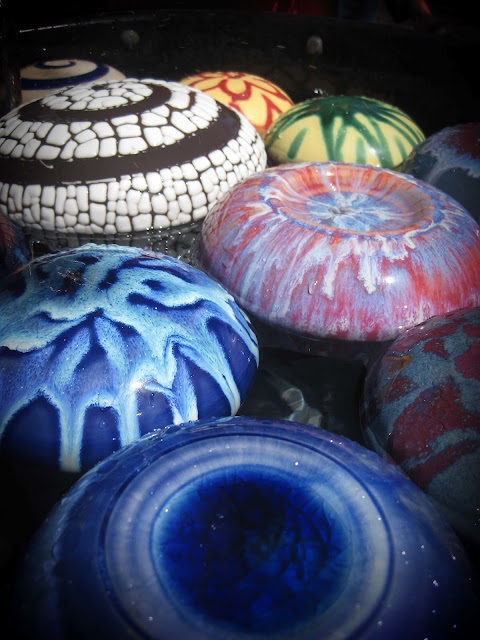That land was BORNEO. I traveled to Sabah, Malaysia. which is located in the Northeastern portion of the island.
I spent some of my time in the small village of Sukau, which is situated just inland from the mouth of the Kinabatangan River. This little village is home to a a little NGO (nongovernmental organization) with very big dreams.
HUTAN
During my stay in Sukau I was able to spend time with the people that are a part of HUTAN and want to share with all my readers their wonderful organization and passion for conserving a land being over taken and destroyed but palm oil plantations.
What once looked like this ......
Now looks like this.....
Which is killing these ....
I realize you may never make it to Sukau village but you can make a difference in a big way by helping this little NGO succeed in their big dreams. How do you help, you ask?
The first step is going their website and discovering all they do, from rainforest rehabilitation to elephant conservation. Click here to find out more.
Another way to help, is to purchase items for Hutan from their Amazon wishlist. Having personally experienced this wonderful group of conservationist, I will say your money is well spent and the tools will be greatly appreciated.
The final way to help is too share the word with people you know. This can be easily done by following and liking Hutan on Facebook.
Please check out this wonderful organization and be a part of saving these little guys for all the future generations to enjoy.











